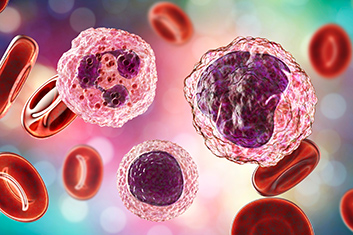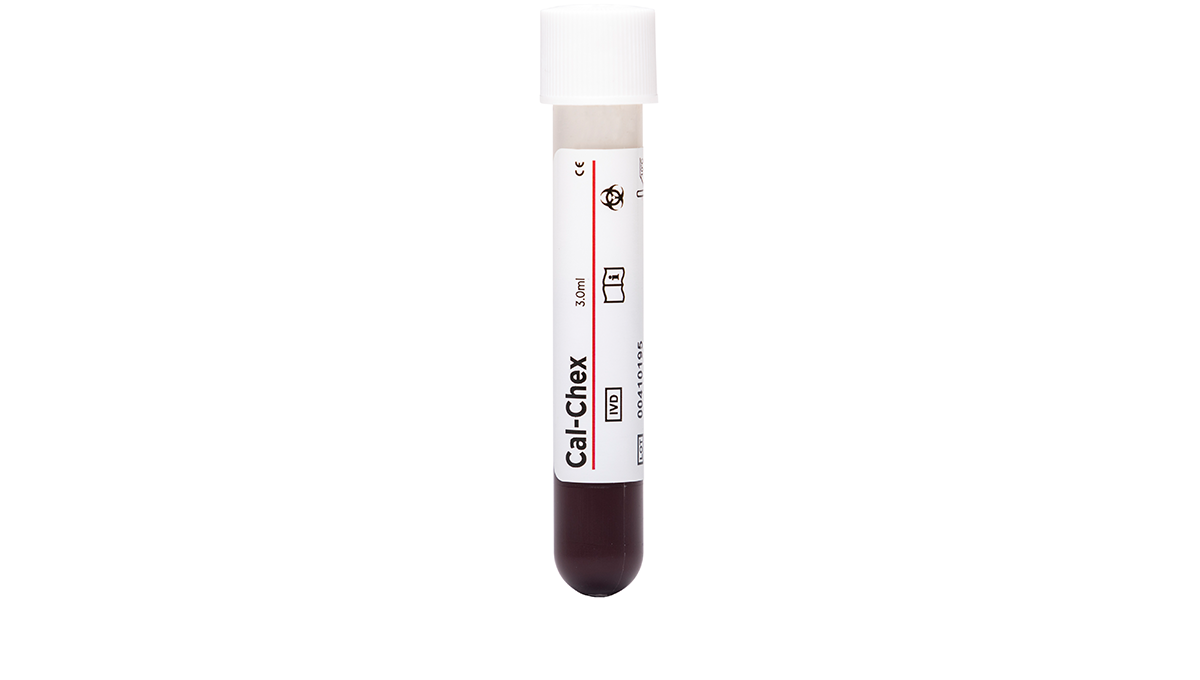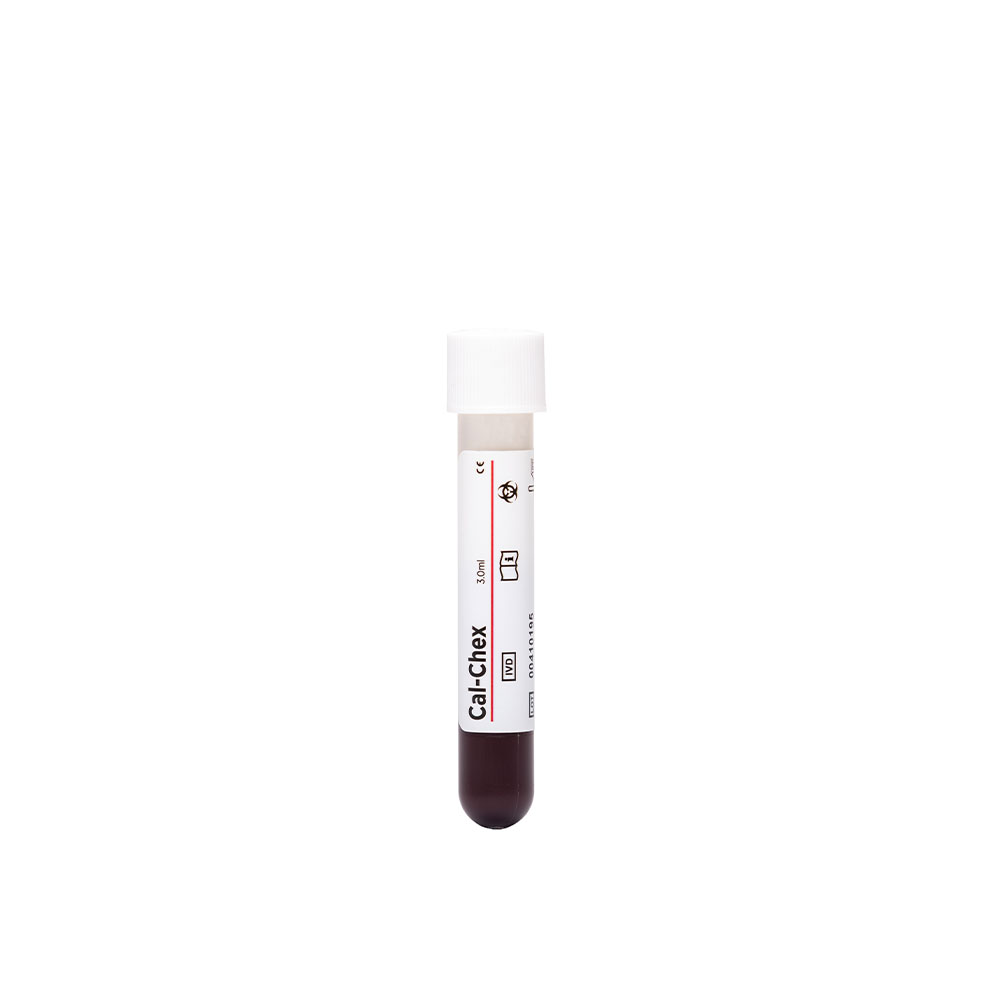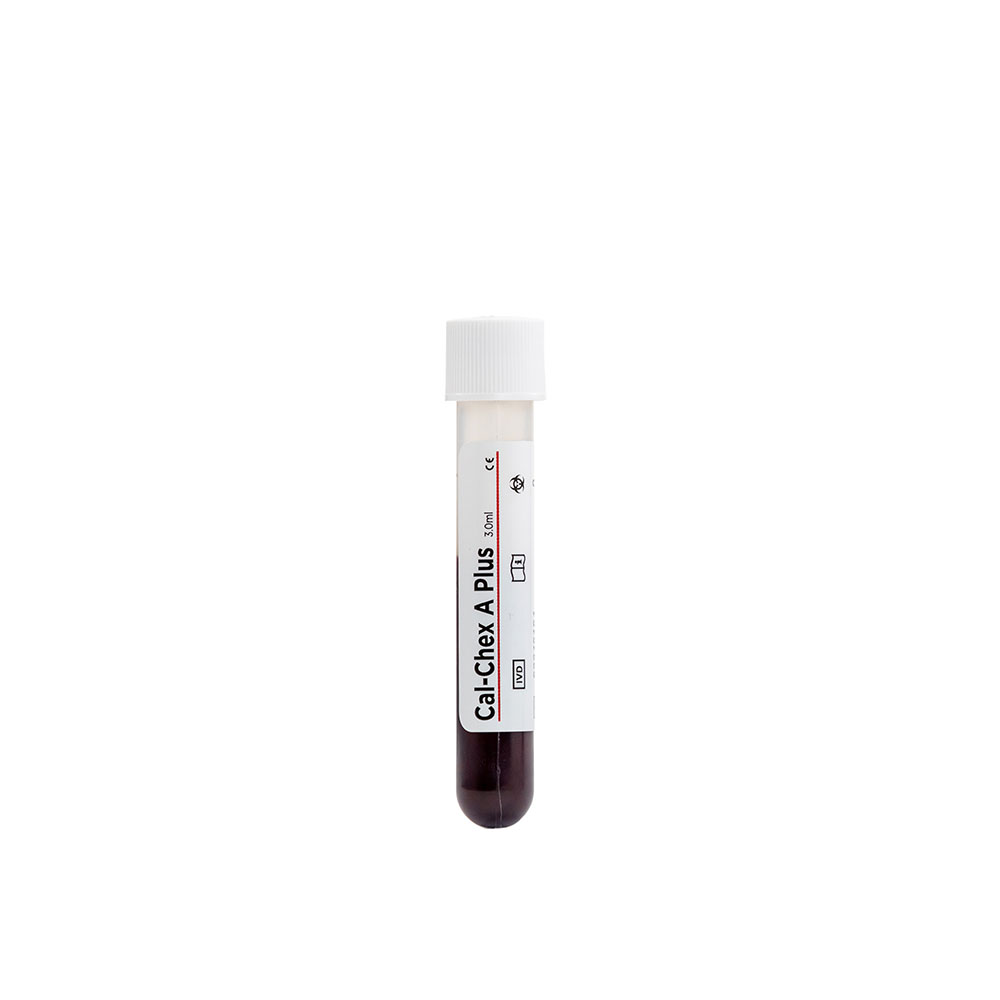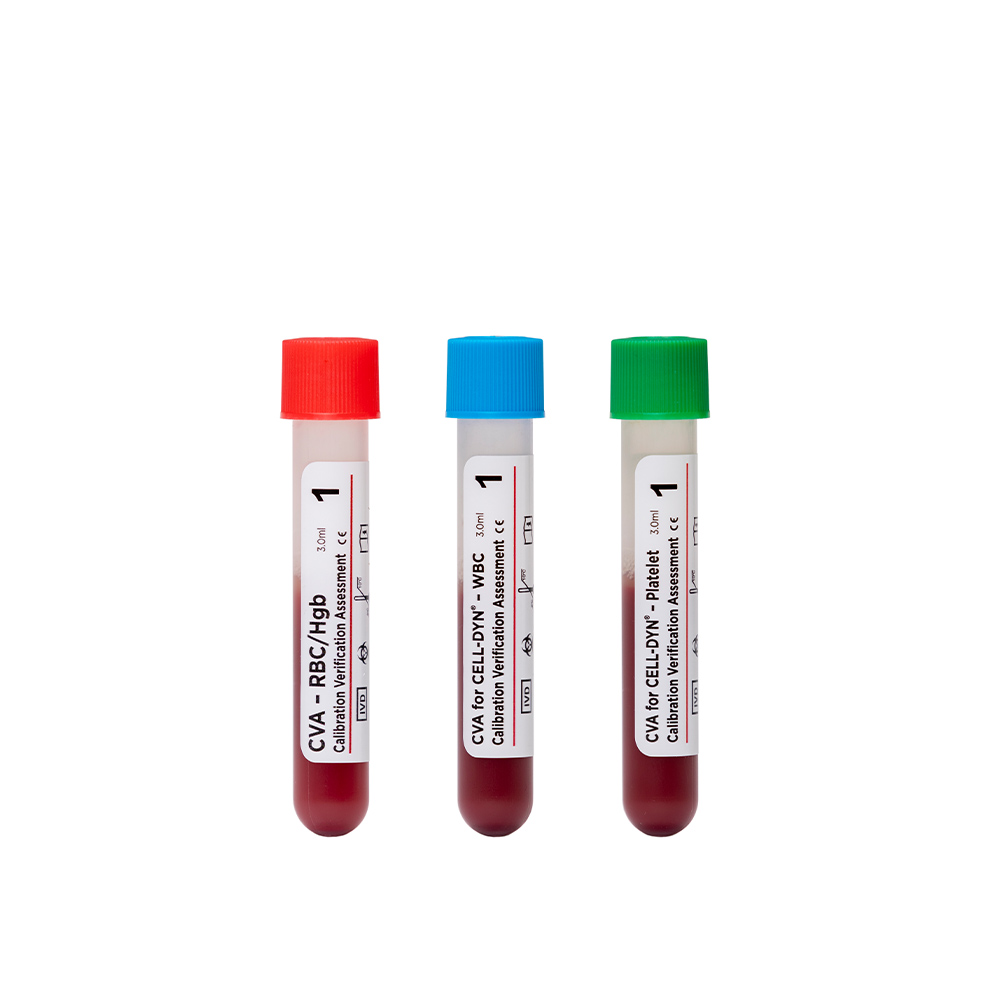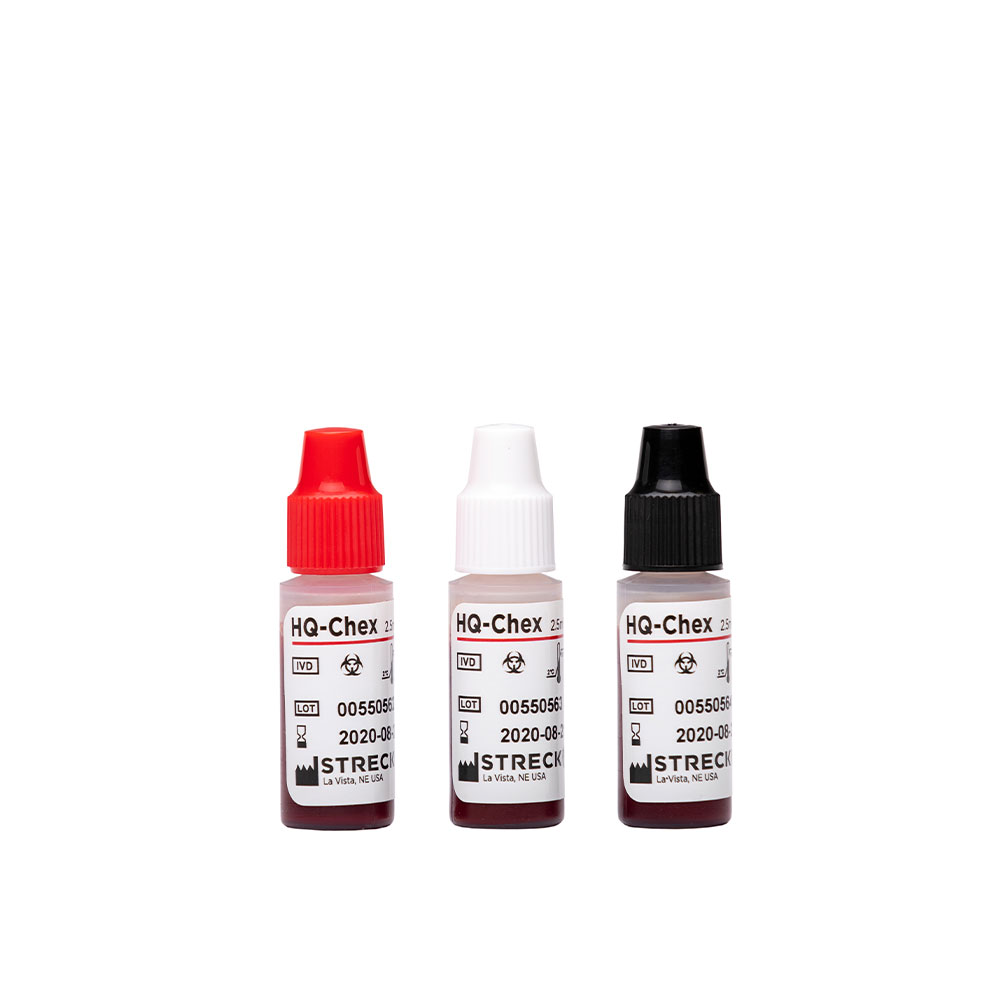 Cal-Chex is being discontinued. The final lot will be lot 5034 shipping February 3, 2025.
Cal-Chex is being discontinued. The final lot will be lot 5034 shipping February 3, 2025.
Cal-Chex®
Cal-Chex is a whole blood product assayed for the calibration of Beckman Coulter®, Horiba® Medical, Siemens Healthineers® and Mindray® multi-parameter hematology analyzers.
Product Description
Cal-Chex is a whole blood calibrator for multi-parameter hematology analyzers. This product provides a cost-effective alternative to traditional whole blood calibration procedures.
Cal-Chex is available in plastic vials with pierceable caps for analyzer autosampling and is assayed on Beckman Coulter, Horiba Medical, Siemens Healthineers and Mindray hematology instruments.
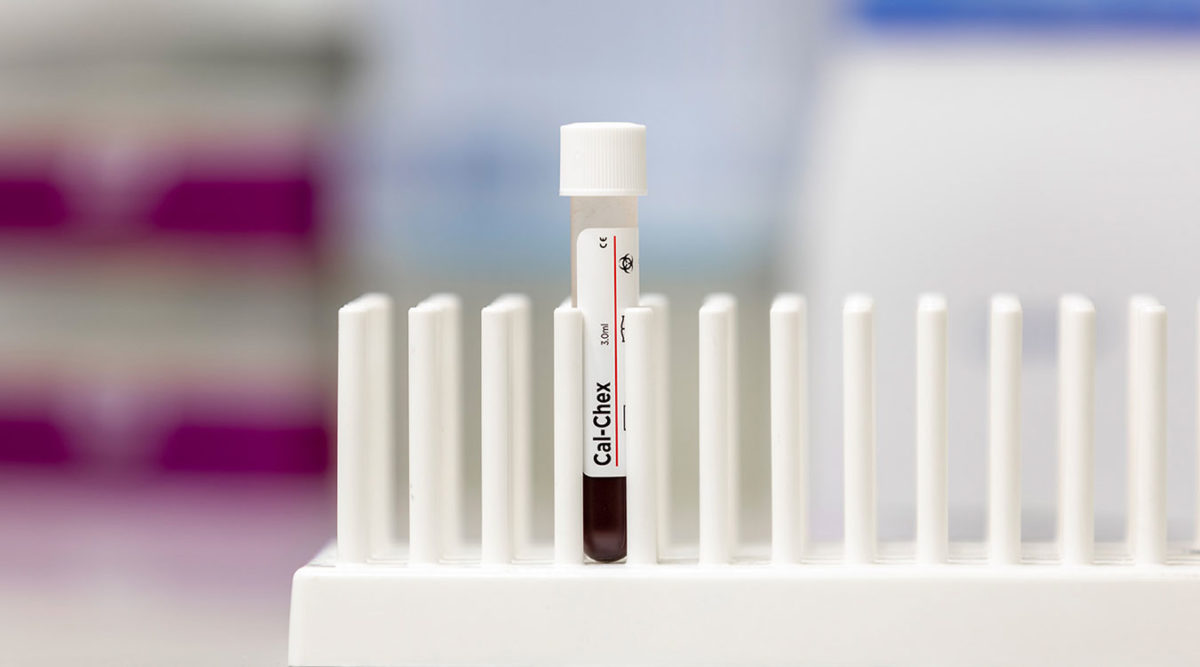
Features
- Assayed on Beckman Coulter, Horiba Medical, Siemens and Mindray instruments
- Plastic vials with pierceable caps for analyzer autosampling
- 5-day open-vial stability; 45-day closed-vial stability
Benefits
- Helps clinical laboratories meet quality requirements
- Established assay ranges provide less room for error
Ordering Information
| Description | Catalog Number |
|---|---|
| 1 x 3.0 mL | 221101 |
| 3 x 3.0 mL | 221103 |
Citations
Resources
Instructions (IFU)
IVDR EU Declaration of Conformity
Looking for an older document? Click here for archived assays and certificates.
Hematology Products
Our whole blood controls and calibrators give you confidence in the accuracy and sensitivity of your hematology analyzers without having to complete a tedious whole blood calibration procedure.
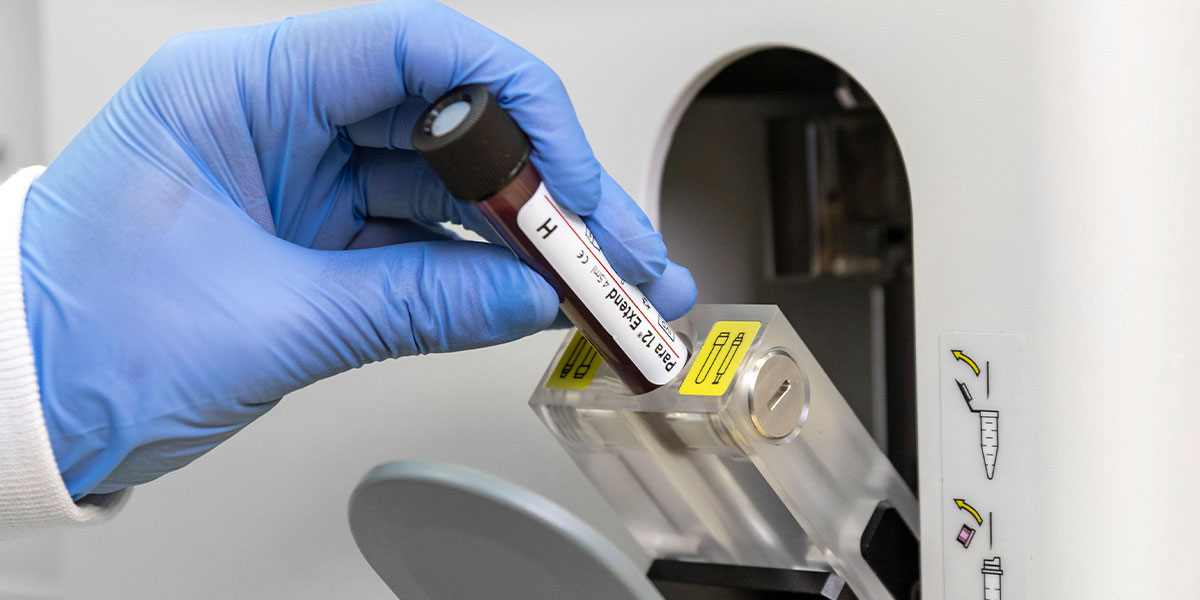
The latest from the blog

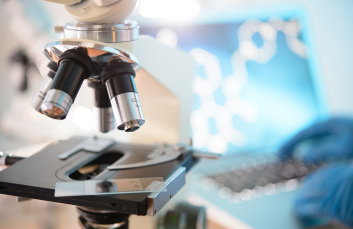
CLIA Announces New 2024 Updates
